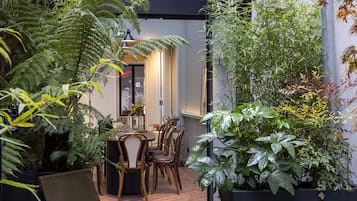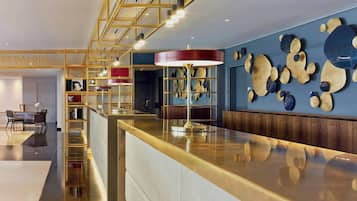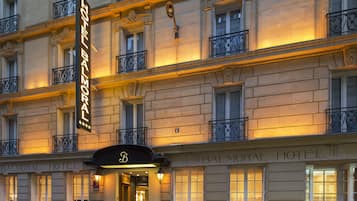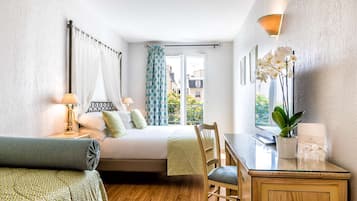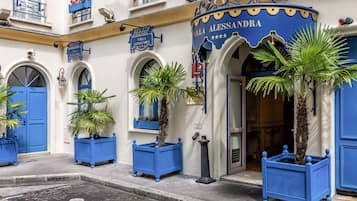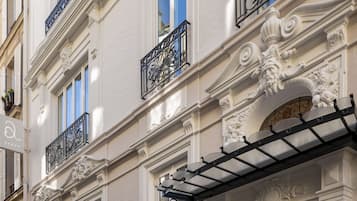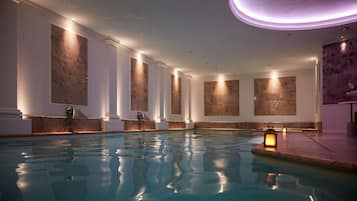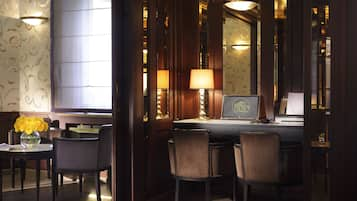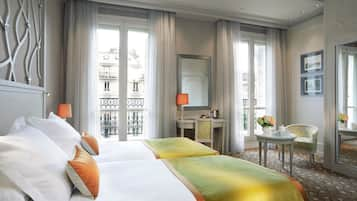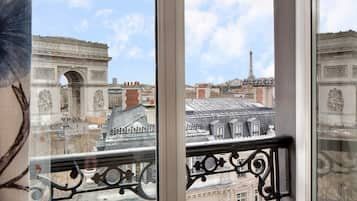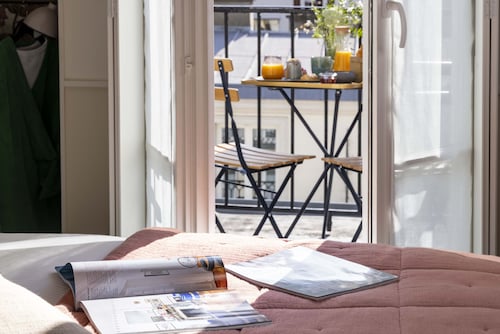Discover cheap things to do in 17th Arrondissement
The 17th Arrondissement, a charming neighborhood in Paris, is a paradise for budget-conscious travelers seeking both culture and affordability. Begin your adventure at Parc Monceau, a beautiful park perfect for a family picnic or a leisurely stroll beneath its stunning trees and classical statues. Not far from there, you can explore the bustling Marché des Batignolles, where you’ll find fresh produce, local cheeses, and artisan breads at reasonable prices—ideal for a low-cost lunch or snack. For art lovers, the Cité des Fleurs offers a picturesque escape with its quaint, flower-lined streets, showcasing the neighborhood’s unique architecture. Don’t miss out on the free exhibitions at the Palais des Congrès, often featuring contemporary art and photography that will surely pique your interest. After a day of exploration, unwind at one of the numerous cafes lining the streets, where you can enjoy a budget-friendly meal of traditional French fare like a croque-monsieur or a simple baguette sandwich. When staying in the 17th Arrondissement, you can expect cozy, affordable hotels that provide a warm ambiance and attentive service, ensuring that you feel pampered without breaking the bank. With excellent transport connections, this area makes it easy to venture into central Paris while enjoying the quieter, local vibe of the neighborhood.
![The Arc de Triomphe de l'Étoile (Triumphal Arch of the Star) is one of the most famous monuments in Paris. It stands in the centre of the Place Charles de Gaulle (originally named Place de l'Étoile), at the western end of the Champs-Élysées. It should not be confused with a smaller arch, the Arc de Triomphe du Carrousel, which stands west of the Louvre. The Arc de Triomphe honours those who fought and died for France in the French Revolutionary and the Napoleonic Wars, with the names of all French victories and generals inscribed on its inner and outer surfaces. Beneath its vault lies the Tomb of the Unknown Soldier from World War I. The Arc de Triomphe is the linchpin of the Axe historique (historic axis) – a sequence of monuments and grand thoroughfares on a route which runs from the courtyard of the Louvre to the Grande Arche de la Défense. The monument was designed by Jean Chalgrin in 1806 and its iconographic program pits heroically nude French youths against bearded Germanic warriors in chain mail. It set the tone for public monuments with triumphant patriotic messages. The monument stands 50 metres in height, 45 m wide and 22 m deep. Its design was inspired by the Roman Arch of Titus. The Arc de Triomphe is built on such a large scale that, three weeks after the Paris victory parade in 1919 (marking the end of hostilities in World War I), Charles Godefroy flew his Nieuport biplane through it, with the event captured on newsreel. It was the tallest triumphal arch in existence until the completion of the Monumento a la Revolución in Mexico City in 1938, which is 67 metres high. The Arch of Triumph in Pyongyang, completed in 1982, is modelled on the Arc de Triomphe and is slightly taller at 60 m [Wikipedia.org]](https://images.trvl-media.com/place/6187899/ce730aaa-6e04-4cb2-ae2d-4e846d97c027.jpg?impolicy=fcrop&w=1200&h=500&q=medium)



